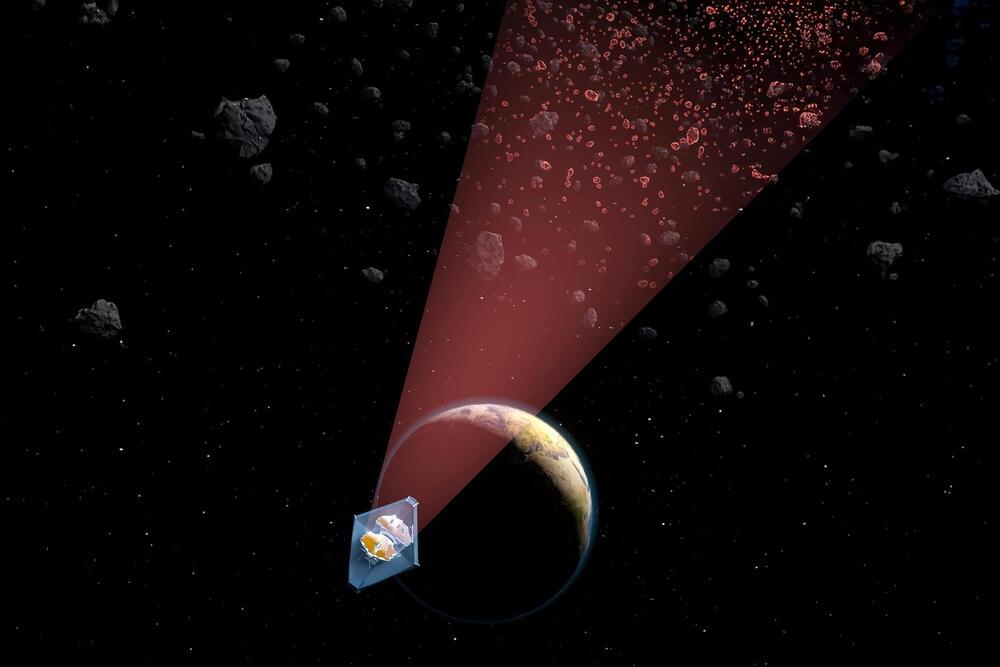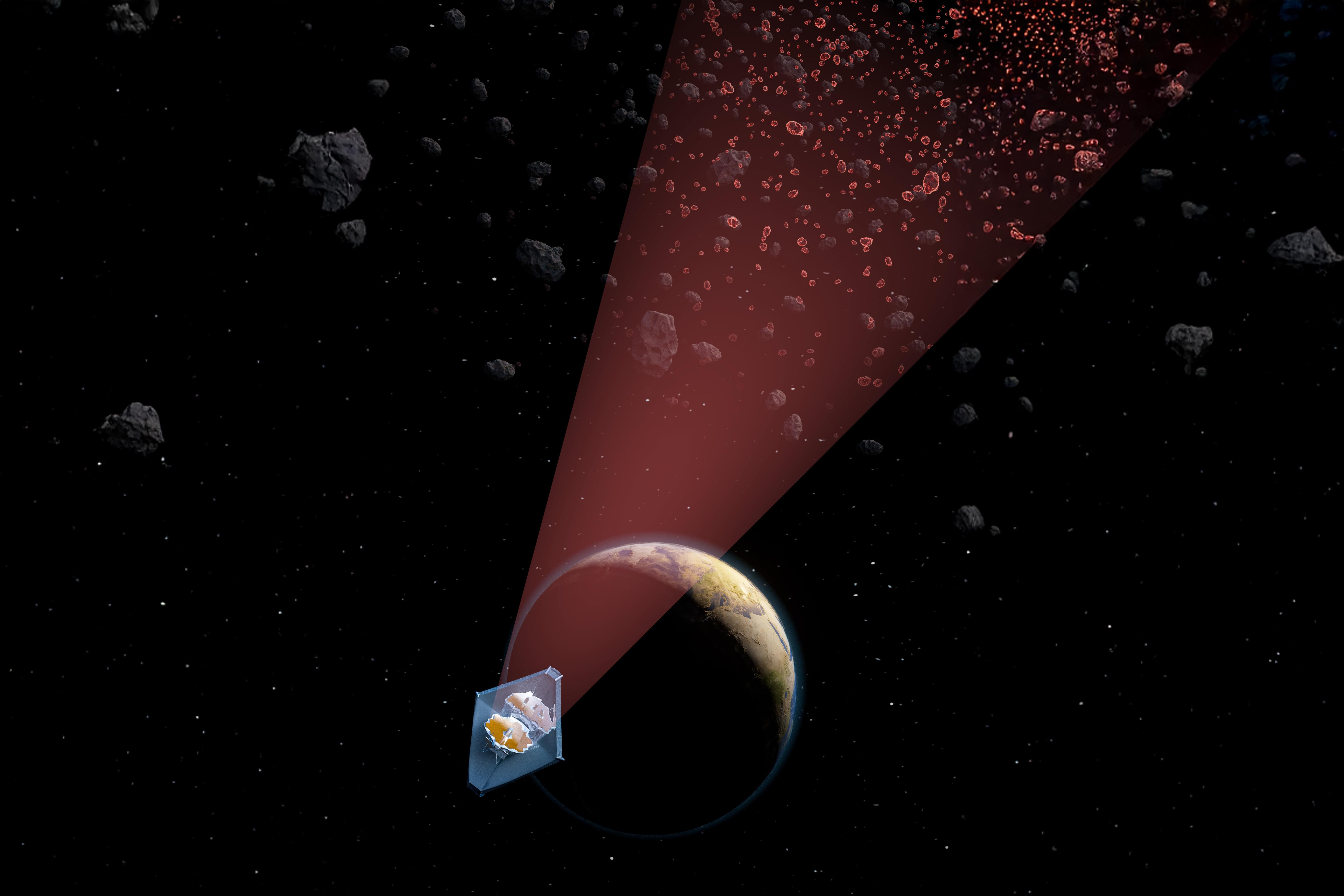It has been widely acknowledged that self-replicating space-probes (SRPs) could explore the galaxy very quickly relative to the age of the galaxy. An obvious implication is that SRPs produced by extraterrestrial civilizations should have arrived in our solar system millions of years ago, and furthermore, that new probes from an ever-arising supply of civilizations ought to be arriving on a constant basis. The lack of observations of such probes underlies a frequently cited variation of the Fermi Paradox. We believe that a predilection for ETI-optimistic theories has deterred consideration of incompatible theories. Notably, SRPs have virtually disappeared from the literature. In this paper, we consider the most common arguments against SRPs and find those arguments lacking. By extension, we find recent models of galactic exploration which explicitly exclude SRPs to be unfairly handicapped and unlikely to represent natural scenarios.
We also consider several other models that seek to explain the Fermi Paradox, most notably percolation theory and two societal-collapse theories. In the former case, we find that it imposes unnatural assumptions which likely render it unrealistic. In the latter case, we present a new theory of interstellar transportation bandwidth which calls into question the validity of societal-collapse theories.
Finally, we offer our thoughts on how to design future SETI programs which take the conclusions of this paper into account to maximize the chance of detection.
Fermi Paradox paper on Arxiv http://arxiv.org/abs/1111.
Von Neumann Self-Replicating Probes. Percolation Theory, Interstellar Societal Collapse, ETI May Still Exist in our Galaxy.
==Conclusion==
This paper was arranged in three parts. First, we introduced SRPs, presented the prevalent arguments against them, and showed that such arguments leave room for future SRP consideration. Namely, we proposed that recent literature has been overzealous in its exclusion of SRPs and we encourage their return to the field.
Second, we presented percolation theory and its nonsociological explanation for the Fermi Paradox. We then showed that the theory can be extended in very reasonable ways which.
undermine its primary conclusion that galactic expansion might.
be intrinsically bounded.
Third, we reviewed two theories of interstellar societal collapse and showed a few counter-arguments to each theory. Furthermore, we introduced ITB theory and showed that its implications might suggest a fundamental error in such theories.
We then discussed one additional paper theorizing that interstellar societies shrink back to their homeworlds and explained that the model involves a number of unlikely assumptions. Following this final analysis, we described the best theory yet oered on the Fermi Paradox which permits intragalactic ETI, namely that exploration probes may currently reside in our solar system, yet undiscovered. Lastly, we offered our thoughts on how to design future SETI programs so as to maximize the likelihood of success.
Science, Technology \& the Future: http://scifuture.org.



